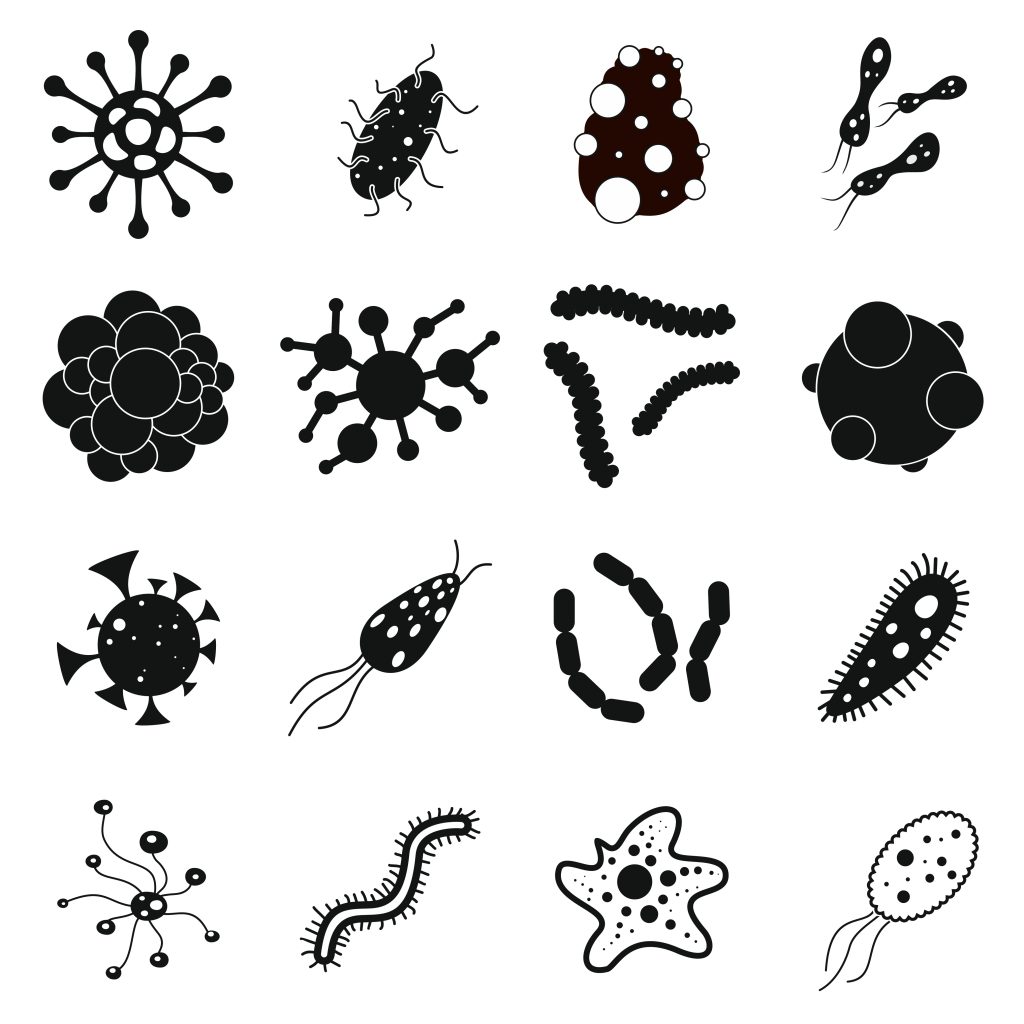Orson Welles, the greatest film personality of all time said, ‘We’re born alone, we live alone, we die alone’. However, the talented and award winning British science writer Ed Yong does not seem to agree with Welles. He claims in his book ‘I contain multitudes: The Microbes within us and a grander view of life’, that Welles was mistaken. He says ‘Even when we are alone, we are never alone. We exist in symbiosis ……. When we eat, so do they. When we travel, they come along. When we die, they consume us. Every one of us is a zoo in our own right – a colony enclosed within a single body. A multispecies collective. An entire world’. The trillions of microbes living inside us that Ed Yong is referring to are as crucial as our genomes in defining, shaping and directing us. Although, it is hard to take in the view of humans as 50% microbes, this view is here to stay, thanks to the undisputed evidence collected by scientists with the help of pioneering technologies in genomics.
The many functions of microbiota
‘Microbiota’ is the collective term given to the consortia of bacteria, fungi, viruses and parasites living inside us. With all the research findings from the last decade, it shouldn’t come as a great surprise if you were told that microbiota lend a big hand in shaping the metabolism, development and immunity. More importantly, microbiota are now known to influence behaviour! Feeling stressed? Anxious? Excited? Do you feel butterflies in the stomach? It is your microbiota!! How does the microbiota, the tiniest tots on earth, accomplish this enormous feat of shaping human behaviour? Researchers from the Cornell University, New York, and their collaborators have tried to answer this question through their recent work published in the journal Nature.

Microbes 
Feelings
Microbes help to make peace with unpleasant experiences
The research team headed by Dr. David Artis abolished the complete microbiota of mice by treating them with antibiotics. These mice are called germ free mice. To study the effect of microbiota on behaviour, germ free and control mice were subject to a behavioural test called fear extinction learning. They were trained to associate a tone with a mild foot shock. This resulted in the conditioning of the animals to fear which led them to freeze as soon as they heard the tone. When there was no shock delivered with the tone for multiple times, the animals gradually unlearn or forget the fear and show reduced freezing on hearing the tone. In this case, the germ free mice devoid of microbiota, continued to freeze to the tone long time after the shock was stopped. This clearly goes on to show that the mice are dependent on their microbiota to forget an unpleasant experience and move on with their life.
The study also captured a lot of the changes in the germ free mice in gene expression patterns in the prefrontal cortex, the major brain region involved in fear extinction learning and in neuropsychiatric disorders. They also noticed a higher elimination and lesser formation of dendritic spines, the crucial structures that aid learning, forgetting and formation of new memories which could be the reason behind the inability of the germ free mice to forget their fear. Further experiments also ruled out the involvement of other regions like vagus nerve or hypothalamic-pituitary axis in mediating these effects.
Microbes act via their metabolites
Okay, the mice need the guiding hand of their microbiota. But how exactly do the microbiota guide the mice?
The researchers sought answers for this question in the feces, serum and cerebrospinal fluid of the germ free mice and control mice which are the important sources of microbiota secreted molecules. Metabolomic studies revealed that the levels of four microbial metabolites — phenyl sulfate, pyrocatechol sulfate, 3-(3-sulfooxyphenyl) propanoic acid (all phenolic compounds) and indoxyl sulfate — were highly diminished in the germ free mice compared to control mice. This suggests that these compounds might act as the crucial signals that aid the mice in extinction learning.
The most compelling aspect of the study emerged when the researchers showed that reinfusing microbiota from healthy control mice into the germ free mice immediately after birth reversed the defects in fear extinction learning and rescued the levels of the diminished metabolites. On the other hand, colonization with microbiota from healthy mice at weaning or adulthood was ineffective in reversing fear extinction learning. Notably, a derivative of the metabolites of 3-(3-sulfooxyphenyl) propanoic acid) and indoxyl sulfate is already known to be involved in autism, schizophrenia and impaired executive function in humans. Future studies should reveal how these metabolites operate to bring about these behavioural changes.
Microbes that were known only for the diseases they caused are also our invaluable associates and incredible allies. Ed Yong rightly points out in his book that ‘It’s the start of a new era, when people are finally ready to embrace the microbial world’.
References
- Chu C, Murdock MH, Jing D, Won TH, Chung H, Kressel AM, Tsaava T, Addorisio ME, Putzel GG, Zhou L, Bessman NJ, Yang R, Moriyama S, Parkhurst CN, Li A, Meyer HC, Teng F, Chavan SS, Tracey KJ, Regev A, Schroeder FC, Lee FS, Liston C, Artis D. The microbiota regulate neuronal function and fear extinction learning. Nature. 2019 Oct; 574(7779):543-548.
- Ed Yong. I Contain Multitudes: The Microbes Within Us and a Grander View of Life
Author: Indulekha Karunakaran
